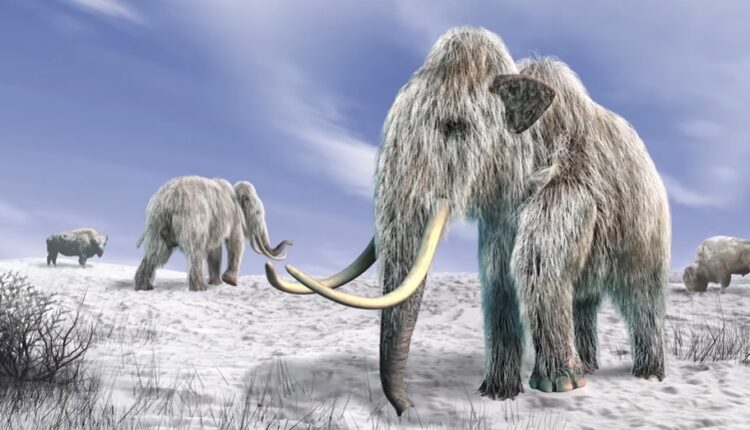
Colossal Biosciences Secures $150M Series B Financing To Continue ‘Jurassic Park’-Like Pursuits
Almost thirty years following the release of one of the 1990’s most iconic sci-fi movies, Jurassic Park, a new age biosciences company has obtained substantial funding to recreate such a future scenario. While initial living iterations won’t be resurrected from the Mesozoic Era, Colossal Biosciences has plans to resurrect long extinct earth beings dating back to the Neanderthal period and beyond.
The oversubscribed $150M Series B into Colossal Biosciences was led by United States Innovative Technology Fund, with participation from Breyer Capital, WestRiver Group, Bob Nelsen, Animal Capital, Victor Vescovo, In-Q-Tel, Animoca Brands, Peak 6, BOLD Capital, and Jazz Ventures, among others. The Series B round is the third stage of startup financing and three rungs ahead of a potential Initial Public Offering on the public markets.
The financing comes on the heels of the company;s first technology spinout, Form Bio, a software platform which entered the market with a $30 million Series A financing.
A New Biosciences Company For A New Age
Colossal Biosciences is the latest of a new class of science companies attempting to make the seemingly impossible possible, as advances in gene sequencing technology gain exponential traction.
It describes itself as the first such company “to apply CRISPR technology for the purposes of species de-extinction”, which in laymen’s terms, aims to resurrect past extinct species into living, breathing beings. Its stated mission statement is to “restore Earth to a healthier state, while also solving for the future economies and biological necessities of the human condition through cutting-edge science and technologies.”
Should the model prove itself out, the societal benefits could prove substantial. Everything from improvements in biodiversity to developing technologies for both conservation and human healthcare are cited. Theoretically, the use of CRISPR technology could also ‘improve’ the quality of the genome, making being more resistant to certain diseases, for example (ethical debate aside).
By focusing on ‘de-extinction’ targets, Colossal Biosciences is advancing gene editing technology aimed at rebuilding the DNA of lost megafauna and other creatures that had a measurably positive impact on our fragile ecosystems.
So while resurrecting the infamous Tyrannosaurus or more docile Brachiosaurus are not envisioned quite yet, more recent extinction targets like the Mammuthus primigenius (Woolly Mammoth) are being targeted.
According to Wikipedia, The woolly mammoth is an extinct species of mammoth that lived during the Pleistocene age until its extinction in the Holocene epoch. It was one of the last in a line of mammoth species, beginning with Mammuthus subplanifrons in the early Pliocene. The woolly mammoth began to diverge from the steppe mammoth about 800,000 years ago in East Asia. Its closest extant relative is the Asian elephant.
Indeed, elephant family tree of genus appear to be high-value targets for Colossal, which according to the press release, has already sequenced two high-quality reference genomes for the African and Asian elephant, the woolly mammoth’s genetic relative.
Still in the early days, Colossal Biosciences has achieved impressive milestones that inspire confidence that its end goals can be met. Among the company’s other list of accomplishments:
- Became the first to artificially derive pluripotent stem cells in both Asian and African elephants, which are essential for in-vitro embryogenesis and gametogenesis
- Refined and verified Colossal’s list of identified mammoth-specific genes as targets for editing
- Built a leading embryology lab for endangered species work and started the process of refining protocols for elephant somatic cell nuclear transfer process
- Parallelized multiplex editing workflows to generate over 20 edits in high impact genes associated with core cold adaptation mammoth phenotypes
Whether these accomplishments are actually able to convert pre-historic DNA into a living carbon copy of the past remains in question. But there’s seemingly no shortage of investors willing to give Colossal Biosciences an opportunity to make history, much to the delight of zoologists and conservationists everywhere.



